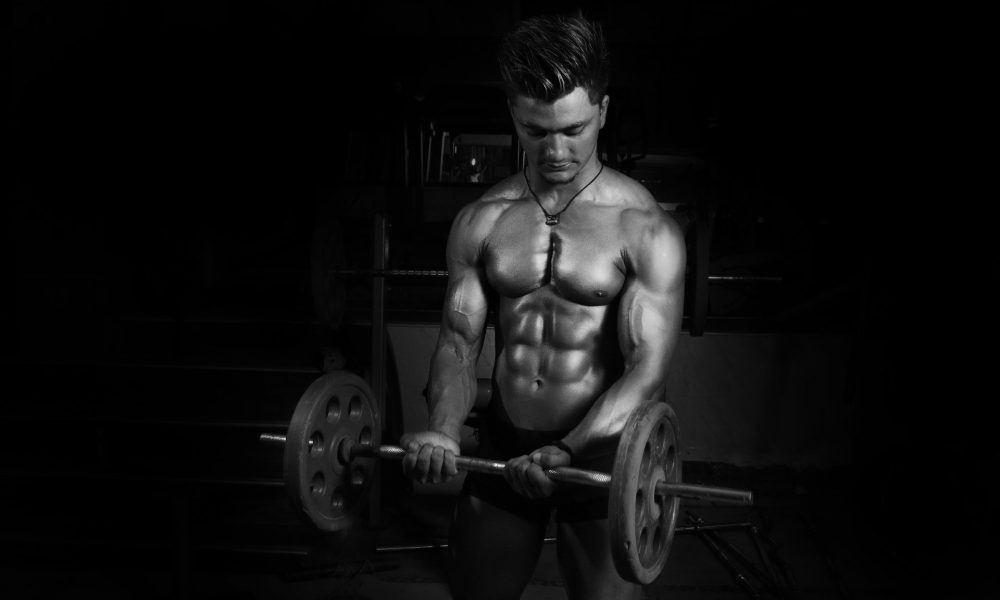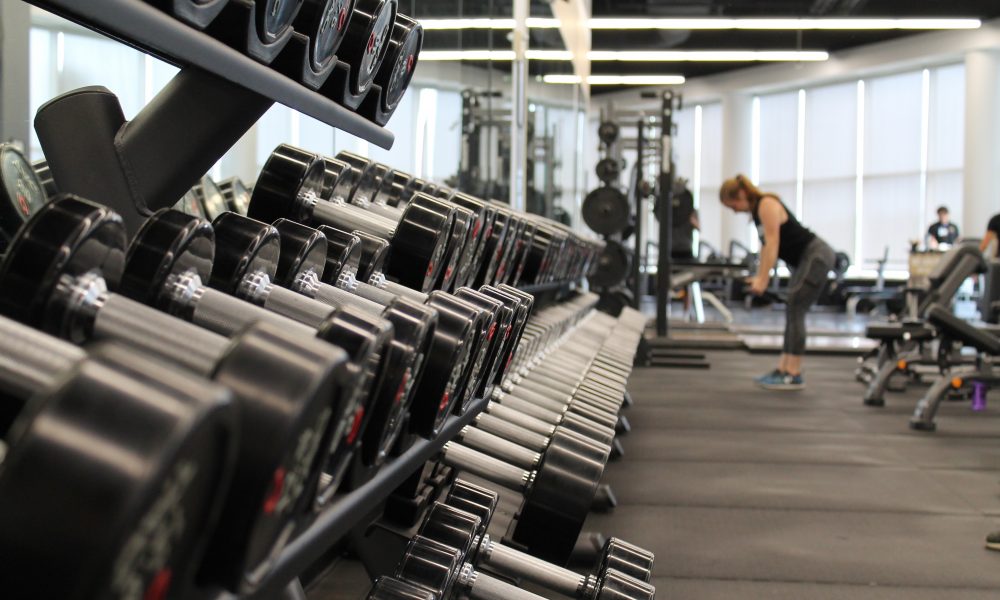
How to Manage Your Diet For Holiday and Social Eating
The holiday season is upon us and you know what that means. Food, food, and more food. With endless celebrations, your blood essentially morphs into butter and alcohol from November to January.

Every gym has a few bros or in most cases, a few hundred bros who never lifts through a full range of motion. They do half curls, quarter squats, and partial bench presses.
One of the obvious perks of partial reps is that you can use higher loads given the same effort and volume.
Could there be any benefit in doing this? Could sacrificing range of motion produce better results? Or is it just a way to stroke your ego?
Let’s cut through all the bro-science and see definitively if partial reps are better or worse than full reps.
To do this, I’ll be digging through the research on partial rep’s effect on power, strength, and what you all care about most, muscle size.
Power is an interesting factor as it can be deeply useful for athletic sports as well as lifting performance.
When comparing full reps vs partial reps for power, studies show full reps take the cake (1,2). However, keep in mind these studies are comparing exclusively full range against exclusively partial training.
You’ll see a lot of athletes incorporate both into their training, so research replicating a combination might be more applicable.
One study showed when volume is matched, combining both full range sets with sets of partial reps can be beneficial for power (5).
For power development, I would suggest lifting through a full range of motion for most sets, but including some sets of partials will also be beneficial especially in key ranges of motion.
As for strength, when you compare exclusively partials to full reps, full reps once again comes out on top (3).
When you compare full range to full range combined with partials, solely training with a full range of motion produced more strength gains in the bench press, even when testing for partial range of motion strength (4,10).
However the opposite effect is seen in this study looking at squats (5).
In general, a fuller range of motion seems to be more beneficial (6).
If you’re lacking overall strength, doing solely partials isn’t effective.
On the other hand, if you need to build strength in a very specific range of motion of your squat, adding in partials will bring up your weakness thus increasing overall strength and showing a better effect in some studies.
So the prescription for strength gains is similar to power gains.
A majority of your sets should be done with a full range of motion, but adding in partials where you’re particularly weak is wise on some exercises.
Set for set, full range is also the king for muscle growth in a variety of exercises (2,3,6).
One study in particular also showed full reps cause more regional hypertrophy (muscle growth in particular areas of a muscle) as well as being superior for maintaining muscle during a detraining period (6).
So if you want maximum gains and to keep those gains if you’re ever stranded away from the gym for whatever reason, full reps are superior to half reps.
This is like anything else in life. A full cake is better than half a cake. A full car is better than half a car. A full girlfriend is better than well, you get the idea.
Anyways despite partial reps allowing you to use higher loads, they’re just generally inferior because full reps allow you to apply tension across an entire muscle length including the stretched position which research has shown us to be particularly anabolic (7).
In fact, full range of motion may only matter because it’s able to train muscles in the stretched position (most anabolic position).

There is one study that supports doing partials for hypertrophy.
This study looked exclusively at partial reps vs full reps in the lying barbell skull crusher and it showed the partial rep group to gain significantly more muscle (8). The researchers concluded hypoxia (oxygen restriction) was greater in the partial reps thus explaining the results.
While I do think hypoxia played a role, I don’t think it fully explains why partial reps did almost twice as good as full reps in this study. If hypoxia was the main contributor to enhanced hypertrophy we would see much greater hypertrophy in other partial rep studies as well as studies looking at blood flow restriction training, but we don’t.
This study is a bit of an anomaly as far as results go, but if you take a closer look, a combination of factors can explain the better muscle growth with partial reps.
While I think the study design was poor and that lying barbell skull crushers aren’t a great triceps exercise anyways, it does indicate some exercises are better done with partials especially if you know which portion to optimally cut out.
Furthermore, a review on this topic discusses how hypertrophy is at the very least similar in many exercises using both full and partial along with partials having the use during rehab (11).
Another review found similar findings, full is best, but partials can be comparable at best (12).
Research is a bit mixed because it ultimately depends on the exercise. Some exercises where the most anabolic position (lengthened position) is underloaded. Thus, doing partials to overload this position can enhance growth on some exercises (9,13).
Here’s everything summed up for you as an evidence based recap:
Keep in mind, these are just general recommendations. Certain situations will not allow for full reps like specific injuries for example, but long story short, full reps should be your bread and butter. You should rarely sacrifice range of motion just for the sake of using more weight. In general, your bloodline is disgraced if you never train with a full range of motion.
Pedrosa. “Partial Range of Motion Training Elicits Favorable Improvements in Muscular Adaptations When Carried out at Long Muscle Lengths.” Taylor & Francis, https://www.tandfonline.com/doi/abs/10.1080/17461391.2021.1927199?journalCode=tejs20.
Schoenfeld, Brad J, and Jozo Grgic. “Effects of Range of Motion on Muscle Development during Resistance Training Interventions: A Systematic Review.” SAGE Open Medicine, SAGE Publications, 21 Jan. 2020, www.ncbi.nlm.nih.gov/pmc/articles/PMC6977096/.
Sato, Shigeru, et al. “Elbow Joint Angles in Elbow Flexor Unilateral Resistance Exercise Training Determine Its Effects on Muscle Strength and Thickness of Trained and Non-Trained Arms.” Frontiers, Frontiers, 1 Jan. 1AD, https://www.frontiersin.org/articles/10.3389/fphys.2021.734509/full.
Grab my free Stupid Simple Scroll to Mastering Hypertrophy

The holiday season is upon us and you know what that means. Food, food, and more food. With endless celebrations, your blood essentially morphs into butter and alcohol from November to January.

Which Makes You Fatter? Carbs or Fat? When it comes to the three macronutrients, protein is like the golden child. It’s the one that does

Thermic effect of food. That sounds nerdy doesn’t it? It is totally nerdy and you might not consider yourself a nerd, but trust me, you should be itching to learn about this.